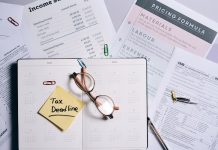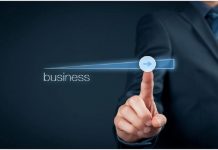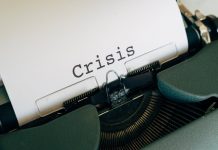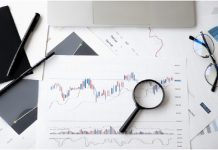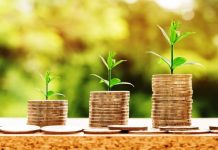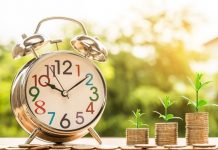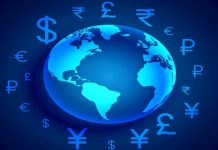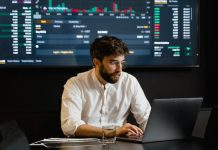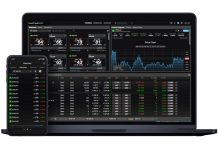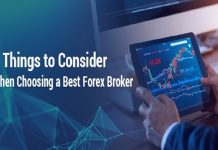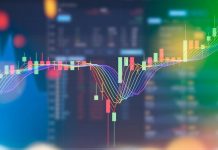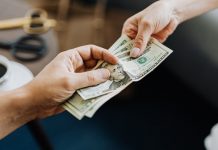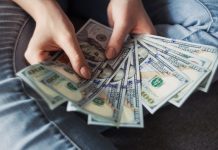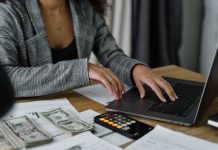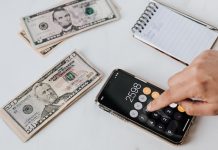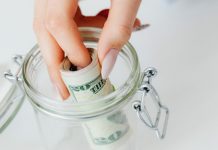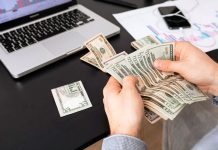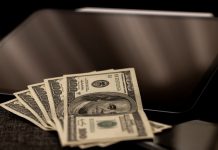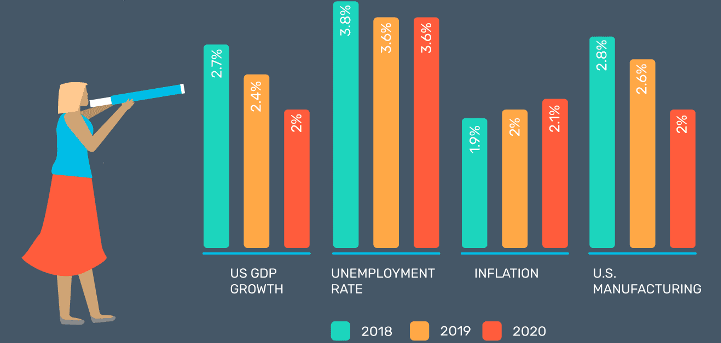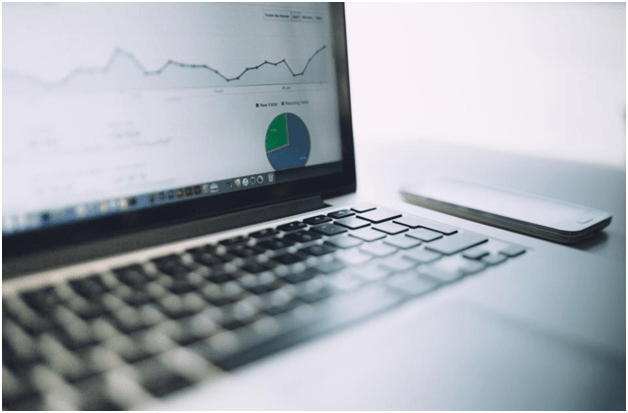Socio-Economic status is the concept of ‘class’ based on where you might be in society according to your social outlook on life, your household income, political preferences, education plus a number of other factors.
Businesses like to use socio-economic statuses to ensure that they can get a good grasp of the market. A target customer’s socio-economic status, for example, may have an impact on whether they would be interested in a company’s products or services or not. Companies like Global Demographics can make predictions based on this information.
Target Customers
Targeting customers are one of the main benefits of using socioeconomic status. By looking at a potential customer’s social class or education, some businesses like to make a prediction about the type of product one type of demographic would prefer over another.
Make Predictions
Rather than targeting all customers at once, a company that uses socio-economic forecasts i.e. predictions will be able to help a business make a decision about upcoming market trends. It will generally include the analysis of marketing trends and money spent by different social groups based on gender, age, and location, etc.
Save Money
By making predictions, the benefits for your business can be huge. Rather than taking a gamble and advertising then releasing a product you hope your target demographic would like, you can instead use the analysis of their socio-economic status in order to present your target market with your new product in the right location, at the right time and to the group that has the appropriate amount of money.
The benefits here are obvious – instead of blowing a marketing budget on an advertising campaign that doesn’t target the right customers, you can instead monitor the market and plan your advertising and products accordingly.
Create Business Plans and Budgets
Budgeting is a huge part of running your business, and by using a socio-economic forecast from a reliable demographics source, you will be able to organize a marketing strategy and create a good business plan to target your ideal demographic.
Budgeting for your marketing campaign can be based on whatever is relevant to your business. For example, if you were creating an energy-saving solution for a product in the home, you might want to use socio-economic analysis to look at average household income in specific locations, how much people already spend on energy bills, etc so that you can create a strategy to explain how beneficial your product would be to those that need it.
By using a demographic company, you can take advantage of these many benefits and create a more successful business strategy. These companies will have a huge amount of databases that they will draw information from. Statistics will most likely be gathered over a number of years, and the details that the company holds could be anything from work to education, to gender, to income to monthly expenditure.
You can request the information that you need and get the answers you need from these databases and base your upcoming business strategy on the information you find.
In practice, many techniques are used to design economic forecasts. They all have advantages and disadvantages depending on the variable that is to be expected and the term of the forecast. These approaches nonetheless result from a comparable analytical approach that proceeds in three steps. The first step is to observe and understand the past economic situation. It makes it possible to formulate, in the second stage, more or less simplified representations of the relationships that link the economic variables to each other. The forecast is finally obtained, in the third step, using these representations to extrapolate the last evolutions observed according to different scenarios.
From observation to diagnosis
Since economic forecasting is based on an understanding of past events, observation of facts is the natural precondition for any anticipation exercise. The quality of the observation depends on the ability to properly measure the meaning and magnitude of the phenomena studied. Thus, the value of a statistic will depend largely on the stability of its development process (definition, census method, fields, etc.) and the time needed to obtain it.
The economic information that is mobilized by the practitioner can be classified into three categories. A first set includes a large number of variables that share the property of being known well before that which interests the practitioner while being more or less closely related to it. Orders for intermediate goods (paperboard, building materials, etc.) or changes in the labor market (number of overtime, the publication of job offers, etc.) are, for example, used to anticipate the evolution of production, whereas the first corresponding indices will not be known until much later.
Economic Forecast
Economic forecasting is a discipline that aims to anticipate the context in which Public or corporate policy decisions are likely to be implemented. It is most often related to variables such as growth, inflation, unemployment, interest rates, or the evolution of public finances. The term (a few months or a few years), the level of analysis (the whole economy or a particular sector), and the precision towards which it must tend depends on the needs of decision-makers who maybe business leaders or political leaders. If their needs are somewhat different, the methodology used is generally comparable and strives to be identical to that of other experimental sciences.
However, it is very difficult to build experiments in the forecasting approach in economic matters; we often content ourselves with those that history has provided, and we draw from them hypotheses. If these are right, the course of events will check them. The physicist experiments the validity of his hypothesis before erecting it into law and publishing it; the economist publishes his hypotheses and the experiment is done before the public opinion. In return for this difficulty, economists have the advantage of understanding “from within” phenomena that are only human behavior in the face of the scarcity of goods.
Last Words
Economic forecasting is not a new activity. However, the promotion of economic forecasting as a specialized function, it illuminates separate decisions, does not date that much of the early 20Th century. This change is due both to the general evolution of behaviors toward more rational decision-making processes, and to the need for a longer-term, yet accurate forecast. This need stems from four transformations in economic activity.

